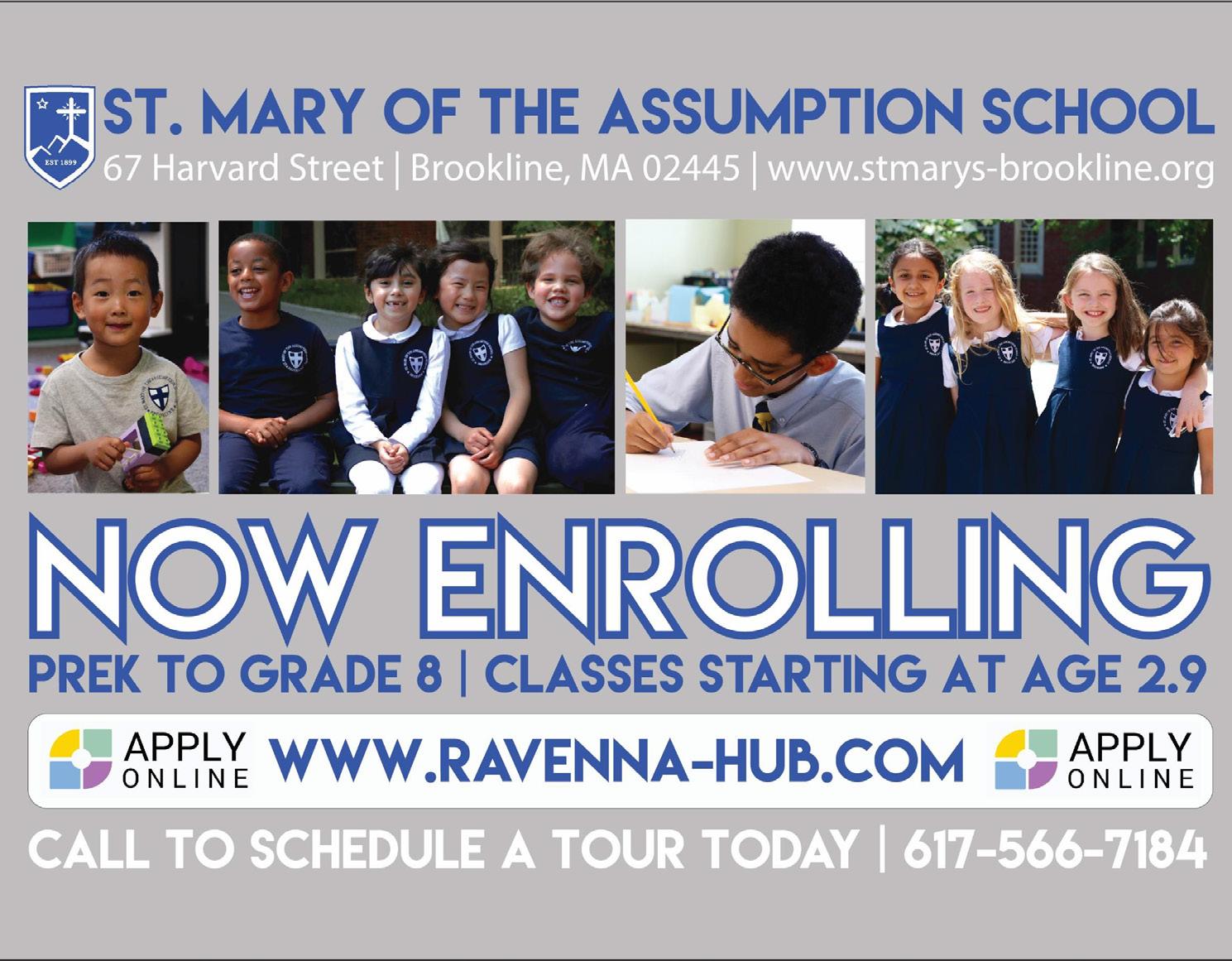
2 minute read
Making the Most of the Campus Visit
Making the Most of Your Campus Visit
You’ve looked at the websites, glanced through the glossy brochures, and even heard friends talk glowingly, or not, about the private schools on your short list. Now it’s time to actually set foot on campus. More than anything else, visiting the school— seeing the classrooms, walking around the grounds, and talking to faculty and students—will give you and your child the best sense of whether this is the best environment for your child to learn and thrive.
Because the visit is so crucial to deciding on your child’s school, you should make the most of the opportunity. Private school experts offer these suggestions for what to ask about, look for, and consider before, during, and after the visit. • Do some pre-visit research. Read up on the school’s history, educational philosophy, and accomplishments. Ask for information about student-teacher ratios, teacher experience, arts classes, sports, and other extracurricular activities, special programs for students needing academic support, and expectations for parental involvement. Decide ahead of time if there are specific classrooms, facilities, or departments that you or your child want to visit. • If possible, visit on a regular school day, arrange to observe a classroom, and stay to sample a school lunch. • General impressions count, but so do the details.
Take note of what the grounds and classrooms are like. Pay attention to specifics: are the bathrooms clean; do staff seemed organized and ready for your visit; what library, science, and technology resources does the school offer? • In the classrooms or on the playground, notice if the students look engaged and well-behaved, including when they transition from one activity or classroom to another. How do students interact with their teachers? Do the teachers seem cheerful and knowledgeable? How do the teachers manage the classrooms or handle discipline? • Talk to as many teachers and students as possible.
Find out about homework policies and workloads, the social environment, and opportunities to do arts, sports, and other nonacademic activities. • If the school offers shadow-a-student day for interested students, your child has the opportunity to ask questions of potential schoolmates more freely than if you’re around. • After you and your child finish the visit, jot down your general impressions before leaving. Try to imagine your child in one of the classrooms, or walking the halls. How does that idea look and feel?
Remember gut feelings can be important, too.













